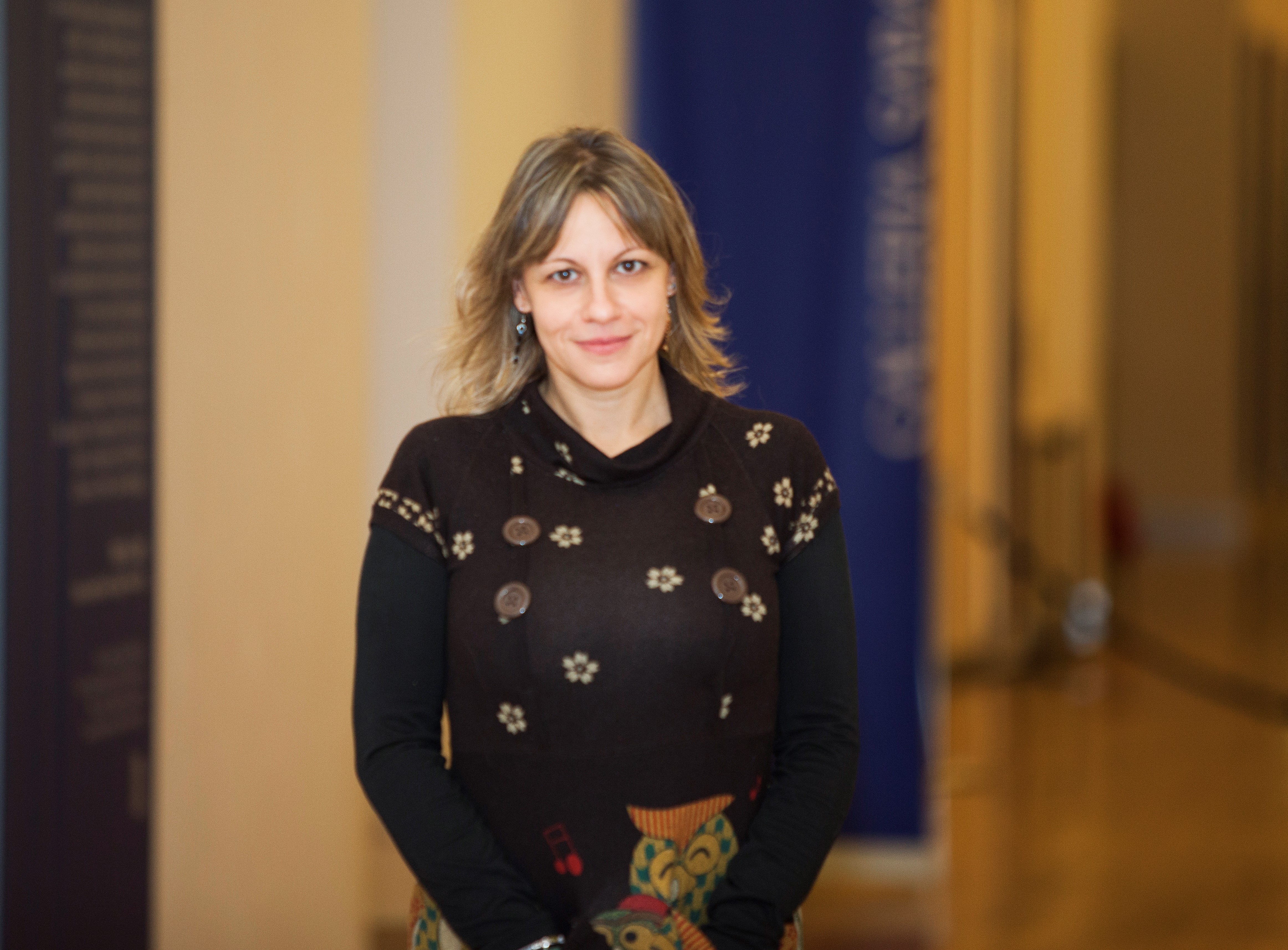1. Why are you personally on social media?
The pleasure of sharing, the love of images and an insatiable cultural curiosity, in the widest possible sense, are the reasons for my presence on the web. I love taking pictures, capturing details, associating what I see with musical or literary passages, thoughts that I publish on Instagram, while I prefer my private profile on Facebook to keep in touch with friends and relatives. Years ago, the real discovery was Pinterest, a social network that was comparable to my youthful passion for the collection of clippings, articles, invitations and photographs.
2. Why did your museum register for #MuseumWeek?
The Royal Museums contain a centuries-old history but have a recent identity, the #MuseumWeek is an opportunity to give voice to our museum in a more widespread and global way. Participating in this important event allows you to create new connections with other cultural realities, often geographically distant, by comparing experiences, stories and collections. Being there means joining a virtual community that expands into the network and sometimes translates into real contacts and projects.
3. Tell us about your experience during past editions of #MuseumWeek.
In three adjectives: exciting, engaging and demanding. Exciting for the possibility of choosing the contents to associate with each hashtag, curiously discovering how the other participants declined the same subject. Involving for the exchange of information and relationships, more and more dense as the days go by. Challenging for the promptness and attention it requires above all for those who, like me, work alone, without the support of a staff.
4. Which is the most suitable social network for your communication?
The Royal Museums are an independent museum of the MiBACT and the communication partly reflects their belonging. For our purposes, each social network takes on a slightly different but equally effective value, often associated with different types of audiences. The speed of Twitter allows us to communicate immediate news or to announce appointments by referring to the official pages of our site.
Facebook is the place where you can learn about new events and stay updated on the life of the museum, discover links to online articles that talk about us, exchange opinions or request information. Instagram is the social favorite for narratives, especially through the creation of stories, but it is also the channel that allows greater sharing, for example through the #sguardireali of the public, beautiful images taken in the halls of the museum that are chosen and “reposted” on the official profile of the Royal Museums.
5. If you had to keep one social media platform to reach youngsters, which one would you pick?
Among the platforms we use, I would definitely choose Instagram which remains the social network where we record the greatest attention of young people aged between 25 and 34 years. For this reason, we launched the #realandroyal Saturday column, inviting our audience to take photos of their friends in the rooms of the museum, near the facade of the Royal Palace or in the gardens.
6. Do you have a professional alter-ego somewhere in the world to whom you would like to ask a professional question?
I have dozens of alter-egos around the world to which I would like to ask how many people their staff is composed of but, above all, I would like to know how much the drafting of their editorial plan and their contents is influenced, suggested, supported by the curators of the museum in which they operate. I am thinking, for example, of the Hermitage in St. Petersburg, similar to us for the variety and complexity of the collections.
Interview by Fabio Pariante, journalist
MORE
Royal Museums of Turin on social networks: Twitter – Instagram – Facebook
Francesca Ferro is graduated in Modern Letters with Historical Artistic address at the University of Turin, she began her professional career as an operator of the educational services of the Education Department of the Castello di Rivoli-Museum of Contemporary Art. Since 1999 she has been working for MiBACT as Museum Technical Assistant.
For the Superintendency for Architectural Heritage and Landscape of Piedmont, she carried out activities in the Royal Palace of Turin, rearranging the photographic archive and collaborating in the creation of visit routes, scientific apparatus and texts, exhibitions and publications.
In 2008 she was seconded to the Regional Directorate for Cultural and Landscape Heritage of Piedmont as a member of the staff of the Regional Director, Valorization Office. Since 2015 she has been working for the Royal Museums as a contact person for the management of social channels and the contents of the museum’s official website.
Graduated in art history, she is technical assistant of MiBACT and since 2015 she has been working for the Royal Museums of Turin as a contact person for the promotion and management of social channels and contents of the museum’s official website.
